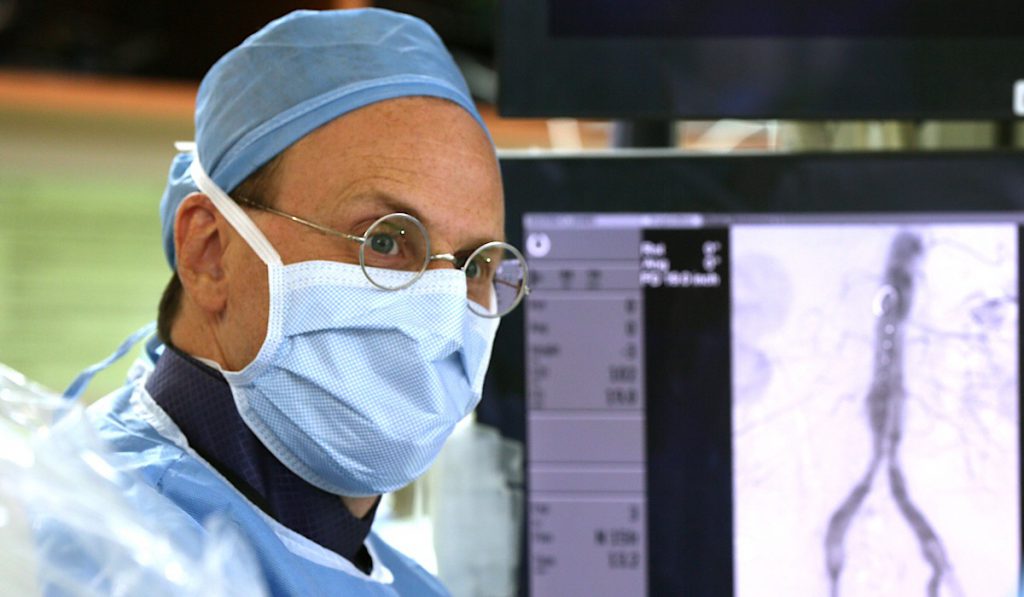Cardiac surgeons face increased need to skillfully manage patients with acquired and inherited disorders of the blood vessels, including aortic aneurysms, occlusive disease of the aorta and great vessels, and triggered aneurisms.
Treatment protocols are still undecided for many of these conditions. Based on experience, Ashish Shah, M.D., Chair of the Department of Cardiac Surgery at Vanderbilt University Medical Center, believes that a hybrid approach combining open and percutaneous approaches can often provide optimal outcomes.
Ashish Shah Explains How Vanderbilt Approaches Complex Aortopathies
“The hybrid approach to aortic aneurysms has been around for at least the past decade,” Shah says. “What we’ve learned is that, number one, high-level imaging is critically important.” Imaging is crucial to both identifying appropriate patients and choosing a prosthesis.
Shah adds: “The other piece is understanding, where we have failed, how to remedy failures—patients who have had both open and percutaneous techniques, as required.”
Vanderbilt’s cardiac team is working to develop predictive measures to assess which patients make good candidates for the hybrid approach, factoring in comorbidities and previous surgeries. Genetics may help predict which patients are more likely to one day have afflictions such as aortic dissections and acute aortic catastrophe, aiding earlier interventions, Shah says.





